Having a new puppy is an exciting time, but it can also be a challenge when your dogs walk constantly under your feet.
Not only can this be dangerous for both you and your puppy, but it can also lead to frustration and so much stress. Fortunately, there are several effective ways for dog owners to train their puppies to stop walking underfoot.
First, it’s important to understand why puppies tend to do this. Puppies have an instinct to stay close to their owners for comfort and security.
To overcome this behavior, you can teach your puppy to walk beside you instead of underfoot. Positive reinforcement training is an effective method, and using treats and praise can encourage good behavior.
Creating a safe space for your puppy is also important. Providing a designated area for your puppy to play, rest, and train will keep them out from under your feet.
Baby gates or playpens can be used to keep your puppy contained in a safe area. Consistency and patience in training is key, as is providing your pet with ample exercise and mental stimulation.
Remember, training a puppy takes time and effort, but with consistency and patience, you can teach your puppy to stay by your side and enjoy a happy, safe life together.
Meet: Russell Terrier
Understanding Why Puppies Walk Under Feet
Puppies have a natural instinct to stay close to their owners or pack. They view their owners as their source of comfort and security. Walking underfoot is a common behavior in puppies as it provides them with a sense of closeness related to their owners.
But this behavior can also be risky because it might cause the owner to trip up unintentionally and harm the puppy.
Understanding why puppies walk underfoot can help owners establish boundaries and teach their puppies alternative behaviors.
Puppies and their Natural Instincts
Puppies are born with natural instincts that help them survive and thrive in the world. These instincts are deeply ingrained and can drive a variety of behaviors, such as seeking warmth and comfort, exploring their environment, and interacting with other animals.
Walking under their owner’s feet can be a way for puppies to feel secure and close to their human family, as they naturally seek the safety and companionship of their pack.
Understanding these instincts can help owners better train and care for their puppies.
Reasons why Puppies may Walk Underfoot
Puppies are curious and energetic by nature, which may lead them to explore their surroundings by walking underfoot.
Furthermore, when feeling uneasy or uncertain, they may seek solace and security by remaining close to their human companions.
When puppies are uninterested or under stimulated, they may also engage in this behavior because they see their owners’ feet as a source of attention and enjoyment.
Yet, it is important to discourage this behavior, as it can lead to accidents and injuries for both the puppy and the human.
Why You Should Stop a Puppy from Walking Between Your Feet
As a new puppy owner, it may be tempting to let your furry friend walk between your feet as you make your way around the house. However, this habit can quickly become dangerous for both you and your pup.
Not only does it increase your risk of tripping and falling, but it can also lead to injuries for your puppy if accidentally stepped on. Encourage your puppy to walk beside you or on a leash to ensure their safety and prevent any accidents from occurring. By taking preventative measures, you’ll not only keep both you and your pup safe, but you’ll also establish healthy walking habits that will benefit you both in the long run.
Meet: Russian Toy
Teaching your four legged friend to Walk Beside you
Teaching your pup to walk by your side is all about showing them what’s cool and what’s not. You want them to understand that it’s way more fun to walk beside you and eventually start walking forward than under your feet.
First things first, get some treats handy because positive reinforcement is key. Start by walking with your pup on a leash, and reward them with a treat every time they walk by your side without pulling. Keep the leash loose, and encourage them to stay close to you with treats and verbal praise.
As your pup gets better at walking by your side, start phasing out the treats and only rewarding them occasionally. With consistency and patience, your pup will soon learn that walking beside you is the way to go.
Establishing Boundaries and Rules for Walking
Taking your dog for a walk is the perfect opportunity to bond and get some exercise, but it’s important to have some ground rules in place.
- First, establish that you’re the pack leader and your dog needs to stay by your side.
- Use positive reinforcement to reward good behavior and gently correct bad behavior like pulling on the leash or lunging at other dogs.
- If your dog starts misbehaving, stop walking and wait for them to calm down before resuming the walk.
To assist your dog learn what is expected of them, keep your walks regular and adhere to your guidelines. With some time and effort, you’ll soon have a polite walking companion who will look forward to taking walks with you around the neighborhood for years to come!
Creating a Safe Space for Your Puppy
When it comes to creating a safe space for your puppy, it’s important to make them feel comfortable and secure. You can start by designating a specific area or room in your home for your furry friend, like a cozy bed or crate.
If you need to leave your puppy alone for a while, you can use baby gates or playpens to keep them contained and safe. And don’t forget to fill their safe space with some of their favorite toys and treats to keep them entertained and avoid separation anxiety!
Providing a designated area for your Puppy
If you’re having trouble with your pup walking under your feet all the time, it might be time to create a safe space for them to hang out. A designated area for your puppy can be a great way to keep them out of harm’s way and prevent them from getting underfoot.
You can use a playpen, baby gate, or even a crate to create a cozy space just for them. Make sure to include some comfy bedding, toys, and water so they have everything they need to feel at home.
Plus, giving them their own space can help them feel more secure and reduce their need to constantly be by your side.”
Using a Crate for Training and Rest
So, when it comes to training your puppy, one thing you might wanna consider is using a crate.
Now, I know it might sound a bit harsh, but trust me, it’s a great way to teach your pup some boundaries and help them feel safe and secure. Plus, it can also be a good spot for them to rest and chill out when they need some downtime.
Just make sure to introduce the crate slowly and always keep it a positive and comfortable space for your furry friend.
Baby Gates and Playpens for Containment
So, if you’re looking to keep your pup from walking under your feet all the time, you might want to consider getting some baby gates or a playpen.
These things are great for creating a safe space for your little furry friend, where they can still move around and play, but without getting in your way. Plus, it helps protect your pup from any potential dangers around the house.
Just make sure you get a good quality gate or pen that’s sturdy enough to keep your pup contained, and supervise them while they’re inside to make sure they’re safe and happy.
Meet: Russian Tsvetnaya Bolonka
Providing Exercise and Mental Stimulation
You’ve got this cute little puppy that just loves to follow you everywhere, including under your feet! But let’s face it, you need some space to move around too.
One way to help redirect your pup’s energy and keep them entertained is through exercise and mental stimulation. Take them for a walk, play fetch in the yard, or even set up an obstacle course for them to run through. And don’t forget about mental stimulation – try puzzles, games, or toys that challenge their minds.
A tired pup is a happy pup, and you’ll enjoy some peace while they rest after a fun-filled day of play.
Consistency and Patience in Training
When it comes to training your puppy, particularly for dog walking, it’s important to remember when you begin training that consistency and patience are key.
Training most dogs takes time and effort, and it’s important to stay committed to the process. Consistency means using the same commands and techniques each time you train your puppy, which helps them understand what you want them to do. It’s also important to be patient with your puppy, as they are still learning and may make mistakes along the way.
Celebrate their successes and be gentle with them when they struggle. Remember, training your puppy is a journey, not a destination. With time and dedication, you and your furry friend can achieve great things together.
Final Thoughts
In conclusion, stopping a puppy from walking under your feet requires patience, consistency, and positive reinforcement.
By understanding your puppy’s behavior and needs, creating a safe space, teaching basic commands, and providing exercise and mental stimulation, you can train your puppy to walk beside you and avoid potential accidents.
Seeking professional help, when needed, can also be beneficial. Remember to stay consistent in your training efforts and celebrate small successes along the way to achieve a happy and healthy relationship with your furry friend.
FAQs (Frequently Asked Questions)
1. Is it normal for puppies to walk under your feet?
Yes, puppies often want to be near their owners and may resort to behaviors like walking under their feet.
2. How can I teach my puppy to stay?
Start by teaching your puppy to sit, then gradually increase the length of time they stay in that position before rewarding them.
3. Can positive reinforcement help stop my puppy from walking under my feet?
Yes, positive reinforcement is a powerful tool for training puppies and can be effective in stopping this behavior.
4. Should I punish my puppy for walking under my feet?
No, punishment is not an effective way to train puppies and can make the behavior worse. Instead, focus on positive reinforcement and redirecting your puppy’s attention to more appropriate activities.
5. How long does it take to stop my puppy from walking under my feet?
The length of time it takes to stop this behavior will depend on the individual puppy and the techniques used for training. Consistency and patience are key, and it may take several weeks or even months to see significant improvements.
Interesting Reads:
Best Emotional Support Dog Breeds for Anxiety and Depression

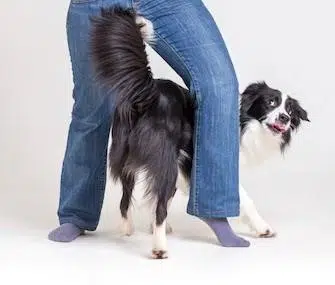

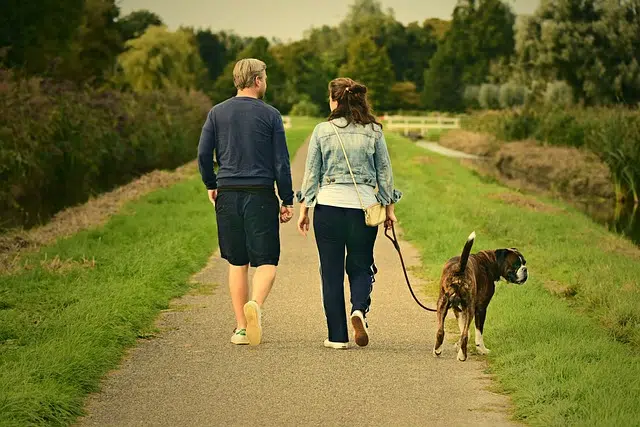
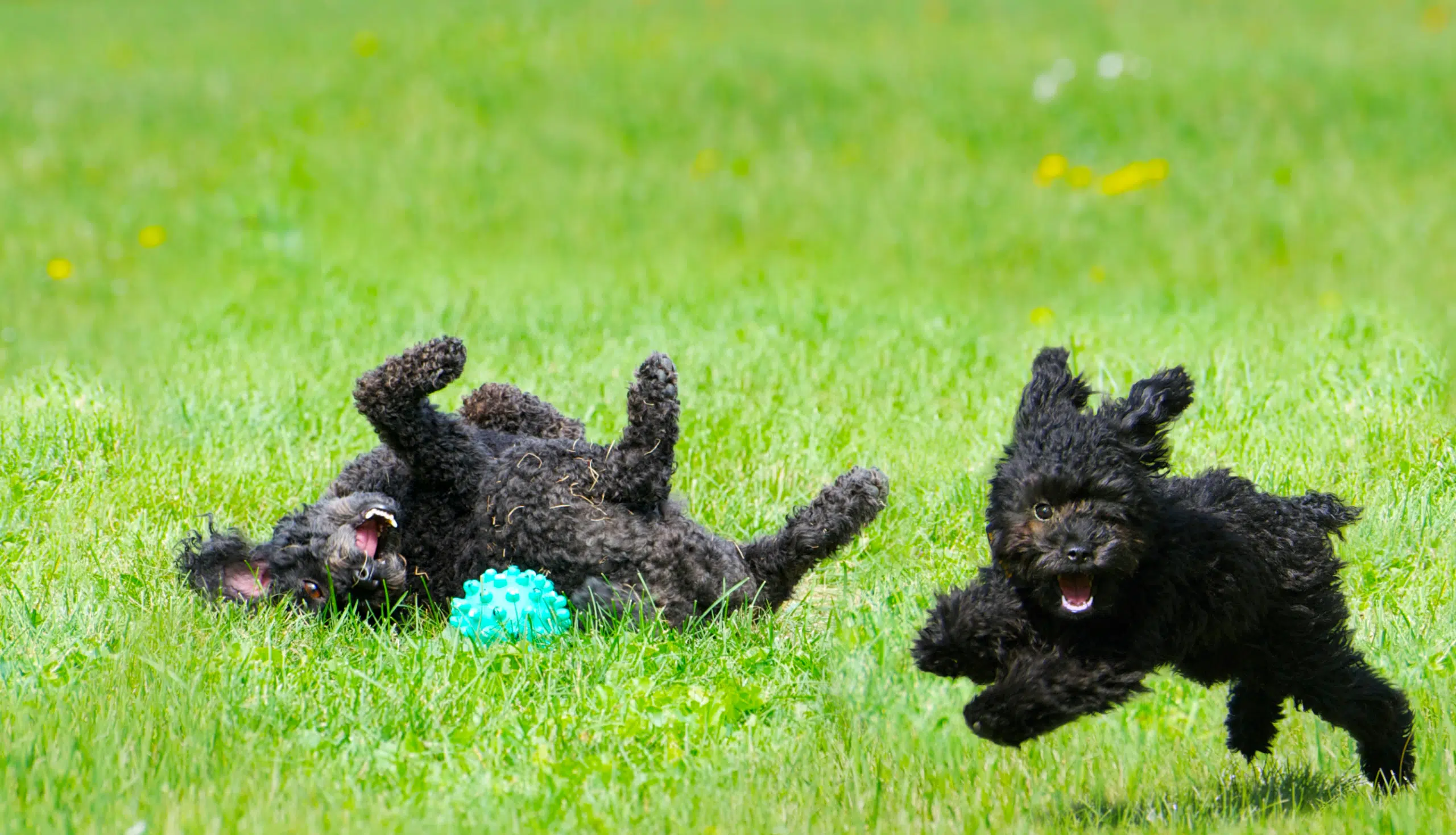
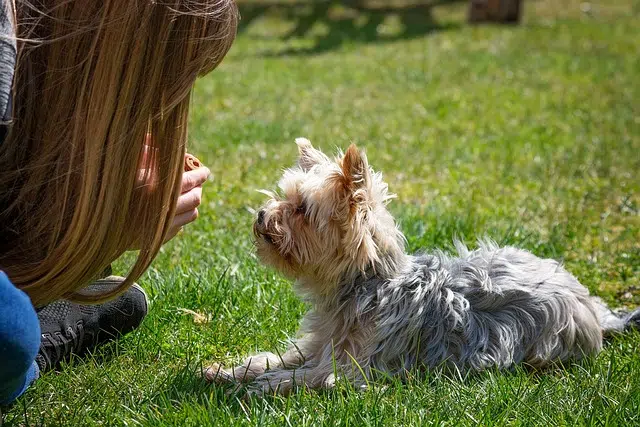
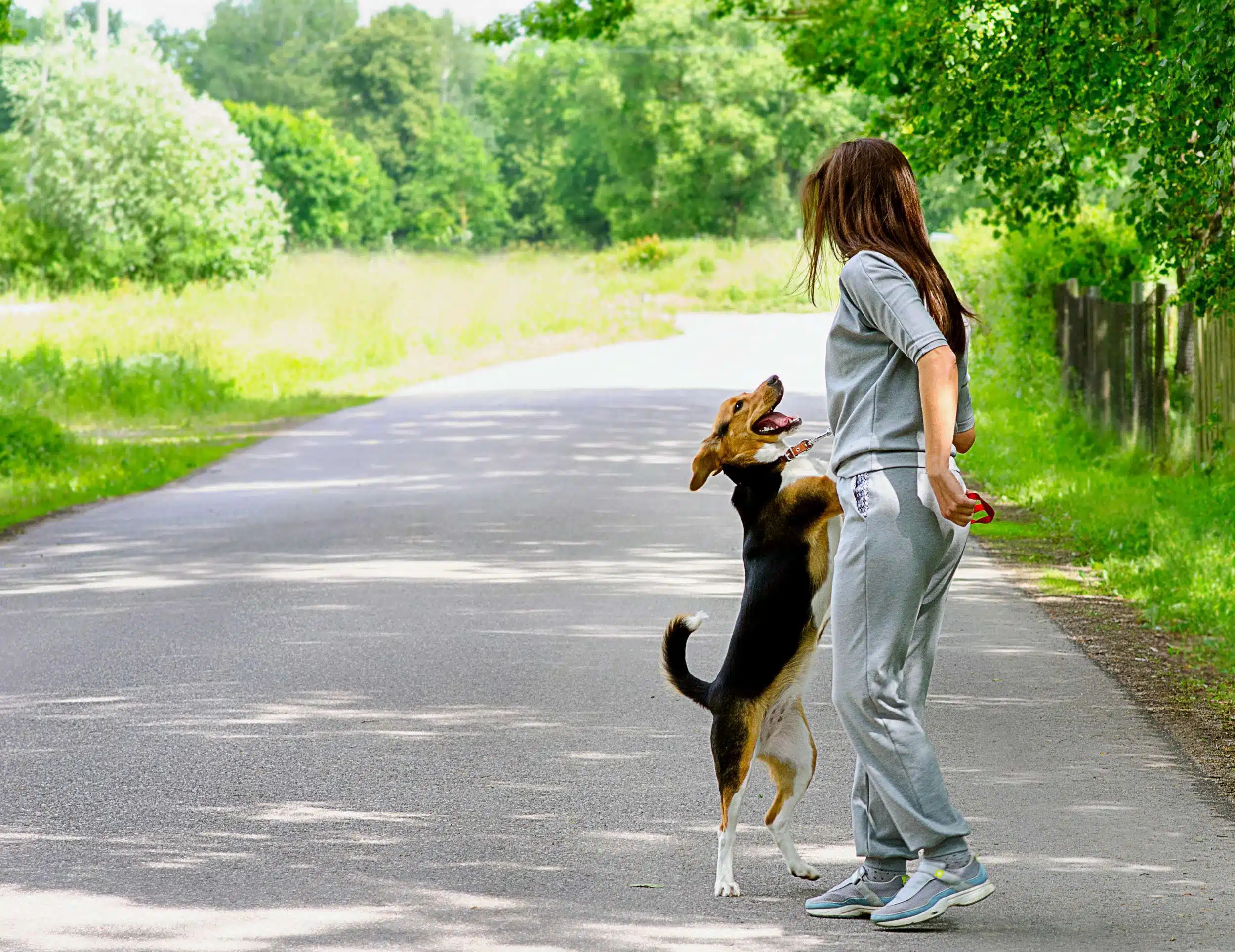


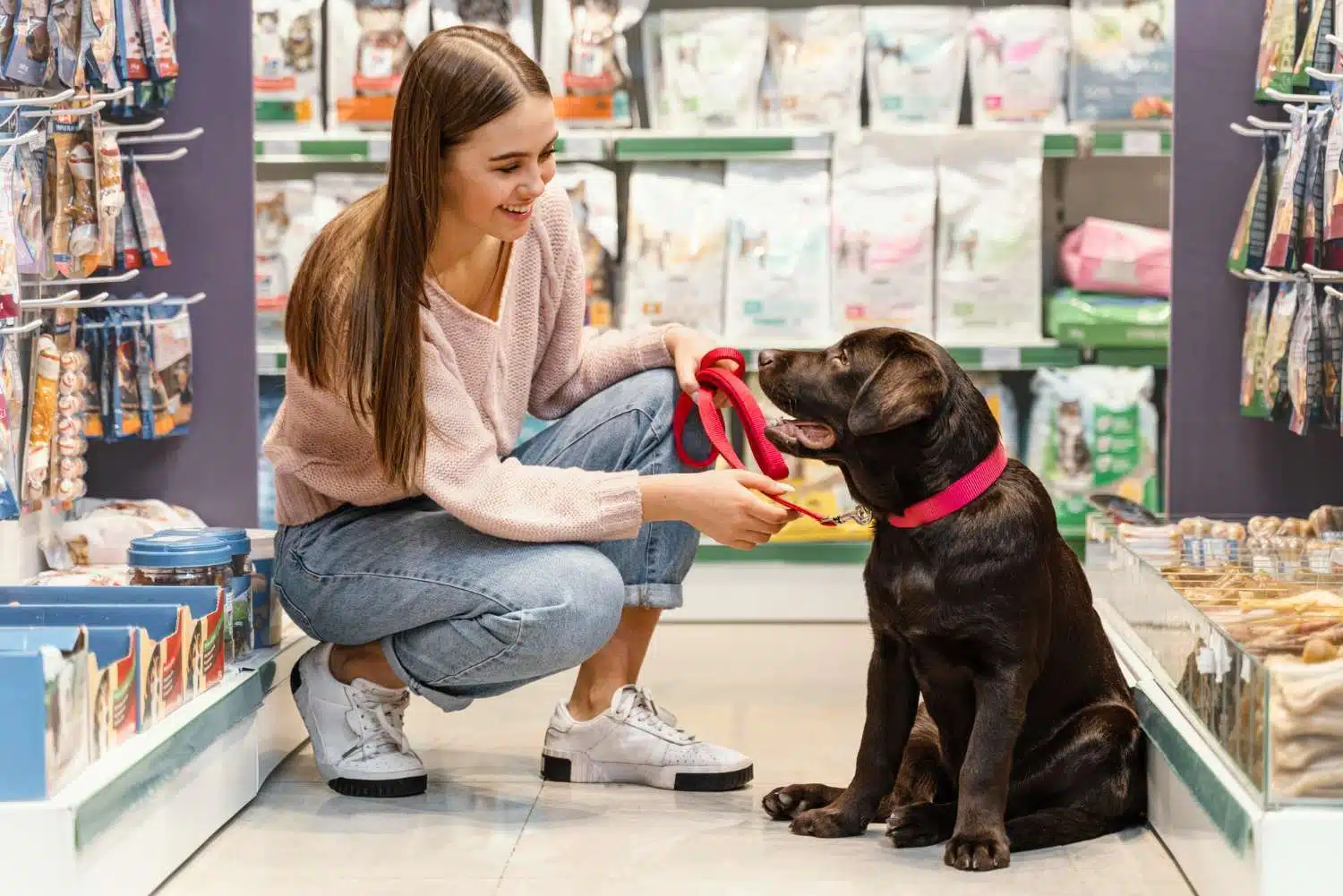


Get involved!
Comments